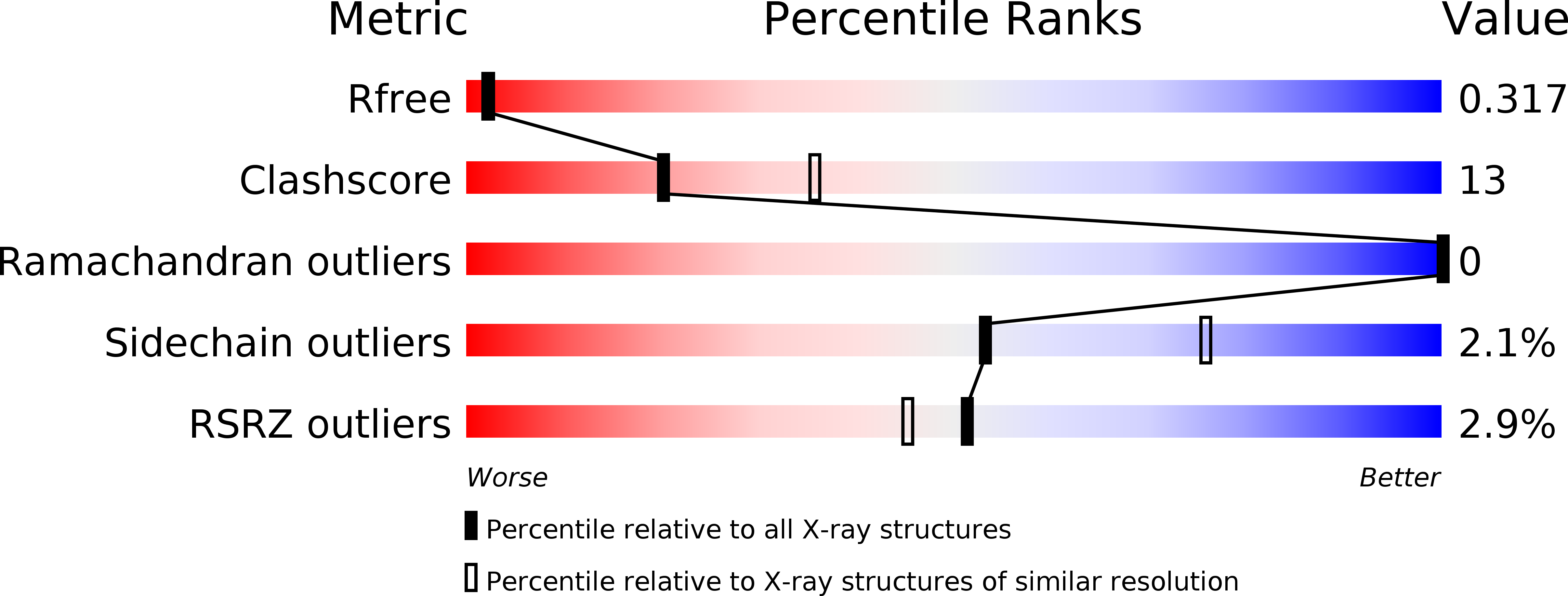
Deposition Date
2015-01-07
Release Date
2015-06-03
Last Version Date
2024-11-20
Entry Detail
PDB ID:
4S10
Keywords:
Title:
Gelsolin nanobody shielding mutant plasma gelsolin from furin proteolysis
Biological Source:
Source Organism:
Lama glama (Taxon ID: 9844)
Homo sapiens (Taxon ID: 9606)
Homo sapiens (Taxon ID: 9606)
Host Organism:
Method Details:
Experimental Method:
Resolution:
2.61 Å
R-Value Free:
0.31
R-Value Work:
0.22
R-Value Observed:
0.22
Space Group:
P 1


